Additives: Processing Aid for PET and rPET Preforms
PolyOne’s ColorMatrix AAzure processing aid for PET and rPET preforms boasts added acetaldehyde (AA) control capabilities.
A processing aid specifically developed for PET and rPET preforms by PolyOne Corp., Avon Lake, Ohio, reportedly offers additional acetaldehyde (AA) control capability by PolyOne Corp. This latest addition to PolyOne’s ColorMatrix additives portfolio, AAzure Acetaldehyde Control Additive, is a patented liquid formulation that can reduce AA by up to 80%t in the preform, helping to counter off-taste in bottled contents.
Increased use of rPET in PET bottles can lead to increased AA levels and can also compromise bottle mechanical strength and create blowouts, both of which reduce productivity and increase scrap rates. PolyOne’s technology reportedly helps to overcome these issues so that higher levels of rPET can be used, and it can be combined with recycle-friendly toners to offset the yellowing common with increased rPET content. One final benefit is a reduction in the energy required to heat preforms, which fosters roughly 25%t lower carbon emissions.
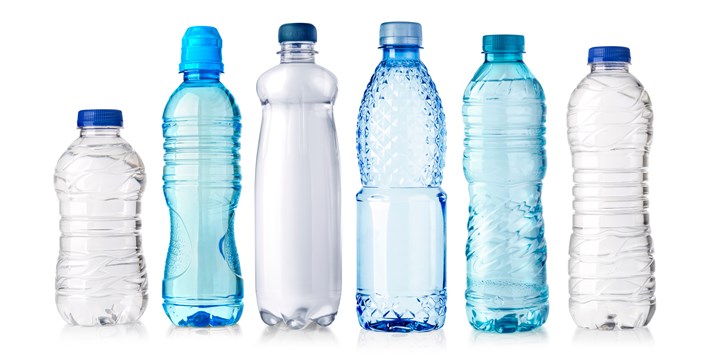
Growing concerns over single-use plastics and their impact on the environment are prompting legislation changes globally. The EU Council recently adopted a directive which requires PET bottles to include 30% of rPET by 2030. ColorMatrix AAzure was developed in response to the need for brand owners and convertors to find solutions that enable increased levels of rPET in their products without reducing performance or quality. The new additive is commercially available in major global markets, and meets direct food contact regulatory requirements.
Related Content
-
Improving Twin-Screw Compounding of Reinforced Polyolefins
Compounders face a number of processing challenges when incorporating a high loading of low-bulk-density mineral filler into polyolefins. Here are some possible solutions.
-
Density & Molecular Weight in Polyethylene
This so-called 'commodity' material is actually quite complex, making selecting the right type a challenge.
-
The Fundamentals of Polyethylene – Part 1: The Basics
You would think we’d know all there is to know about a material that was commercialized 80 years ago. Not so for polyethylene. Let’s start by brushing up on the basics.





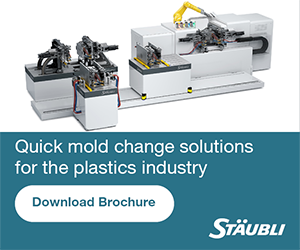
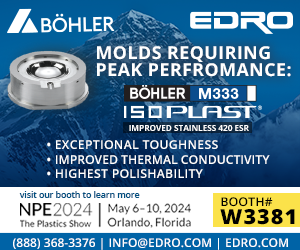
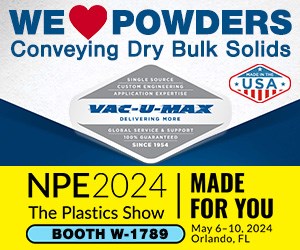
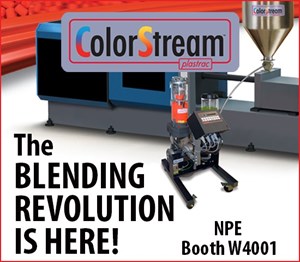
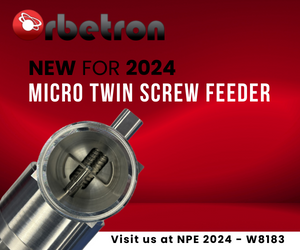
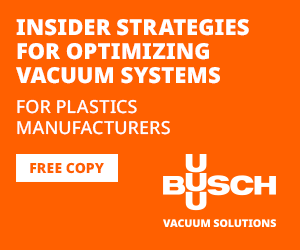

.png;maxWidth=300;quality=90)
